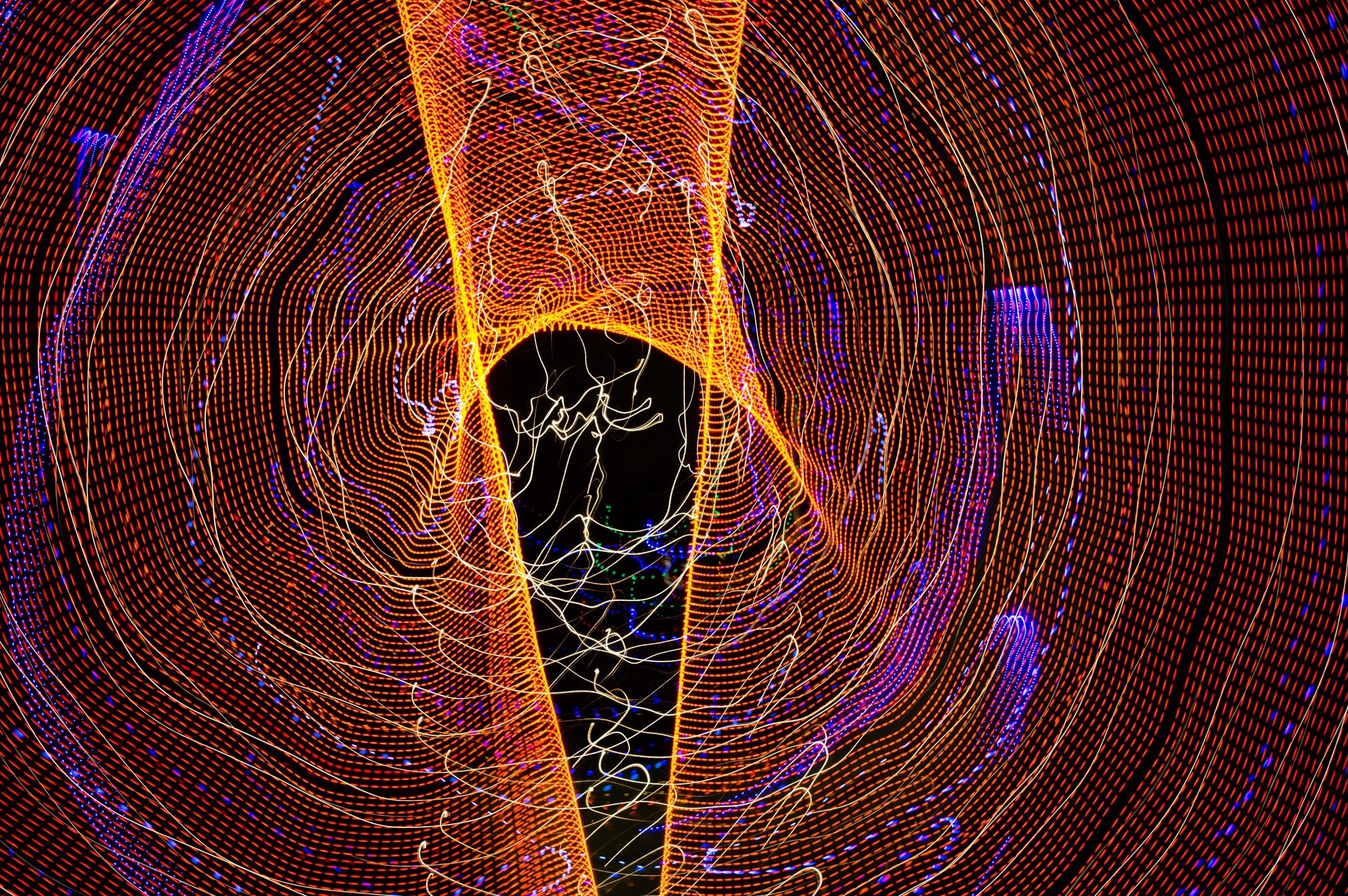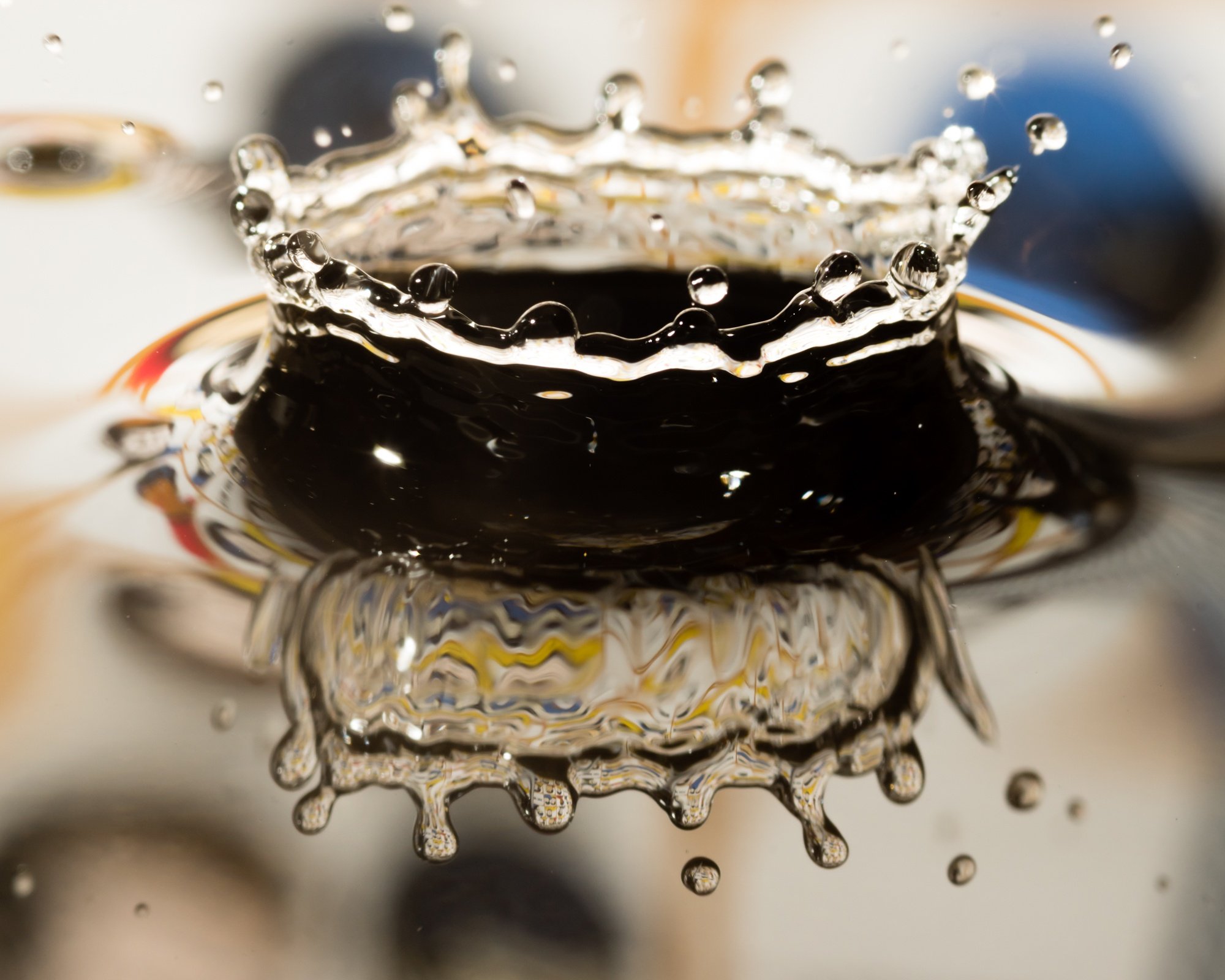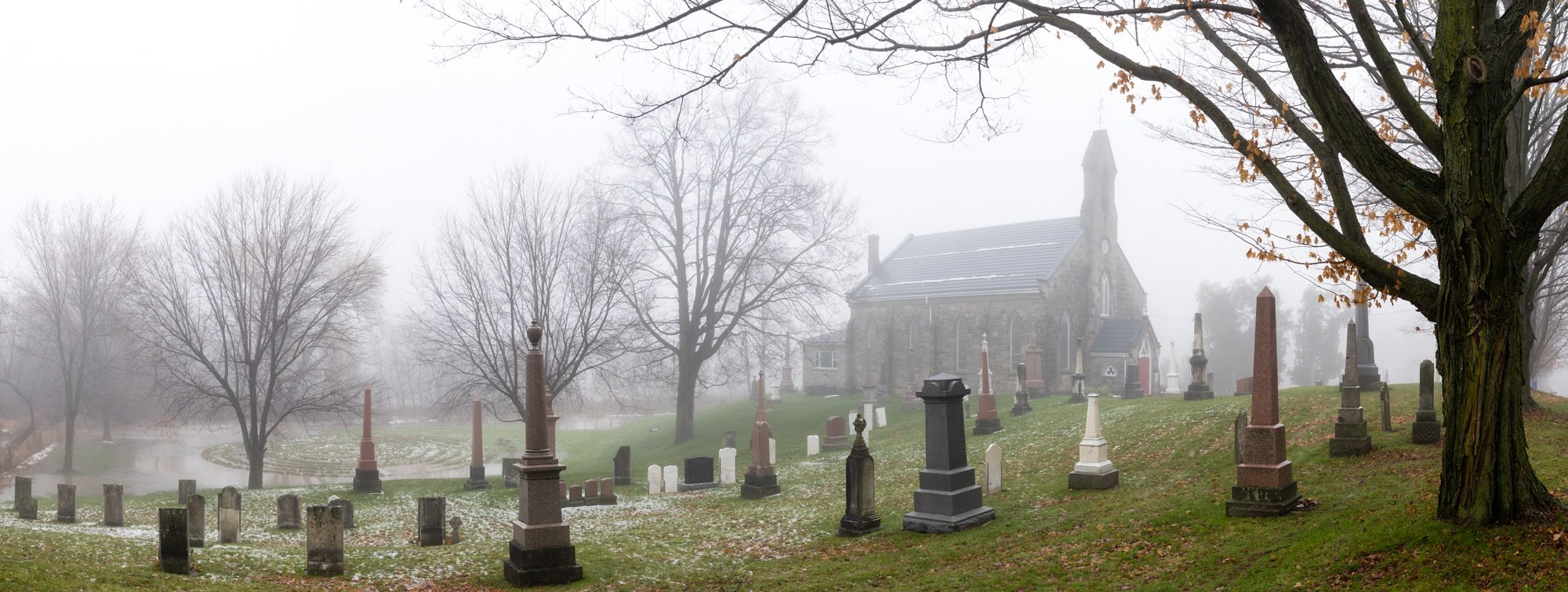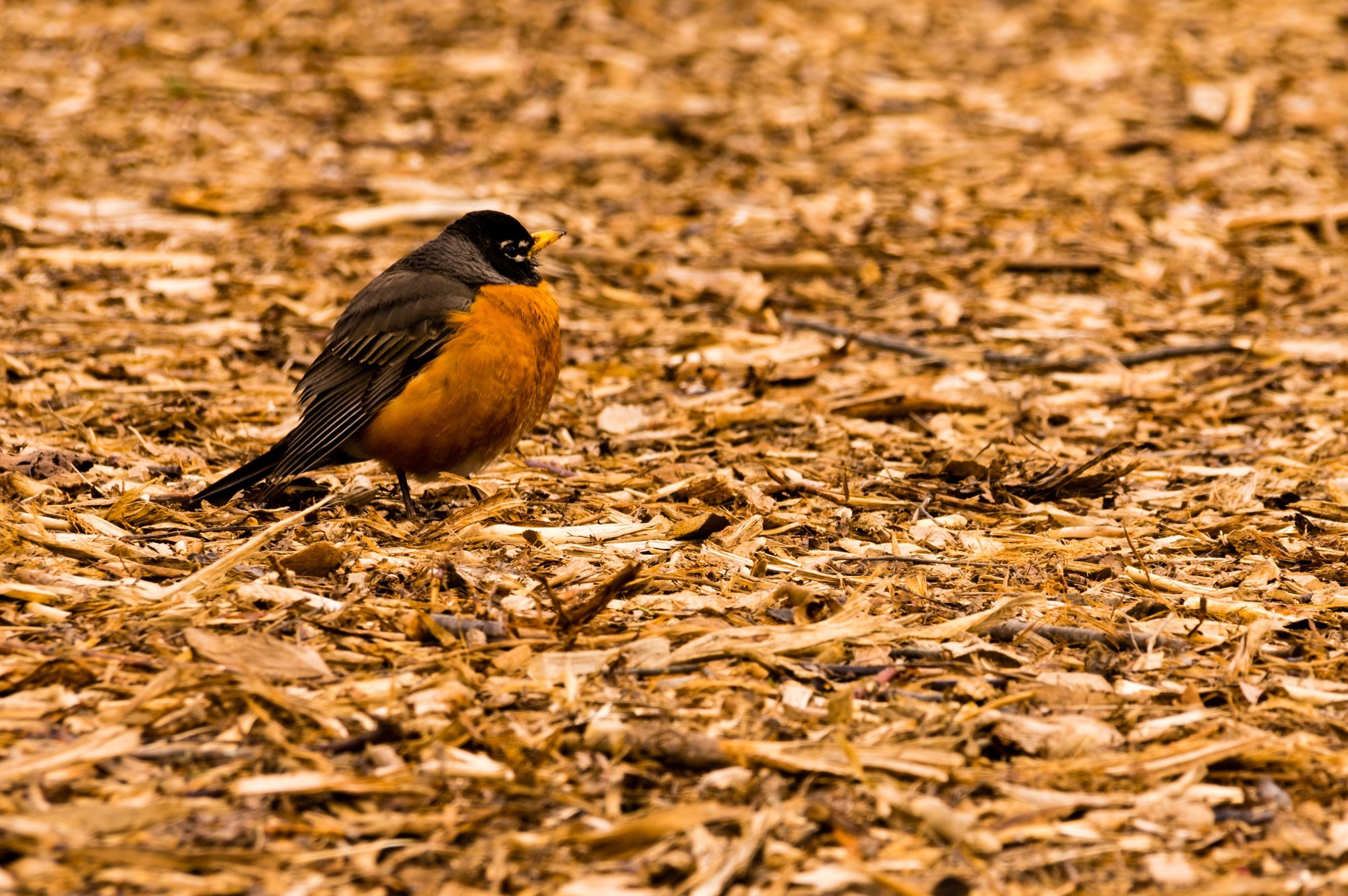365 WHAT I LEARNED…
BY MIKE MILLER
It was June 1st, 2020, episode #8. A podcast suddenly appeared in My Podcasts on my iPhone. I didn't recall subscribing to Photography Daily. Looking back in my feed, I realized that I had subscribed to its predecessor. Fast forward to episode #34, the portrait-a-day person, John Mannell. Skip to episode #95 and Bill Wadman, one portrait per day. Once more, there was November 20 and episode #141 Friday Photowalk: A Radioactive Walk?! and there was yet another discussion about a 365 series. I had never really heard of people undertaking projects where they had to do something every day for 365 days in a row. It sounded like a challenge!
Being someone who goes all-in on something when I undertake a project, I immediately knew where this would lead, as they would say in the Mission Impossible episodes, "Should you choose to accept it." Mission Impossible, or Mission Possible? It's all a frame of mind. I mulled it over for a few weeks, did some online research and then in December, I consulted with my wife about what I was proposing to undertake. Being a creative herself (fibre artist), she understood and was very supportive, which was important since I'd be out photographing every day for variable periods of time.
So why would one decide to do such a thing? There are lots of reasons not to do one! Photography is like one of your parents telling you to eat your peas so you can grow and stay healthy. In this case, the P's are purposeful and playful practice, patience, persistence and perseverance, sprinkled with personality and panache – all things we need in order to become, or get better as, a photographer.
This is an activity to help train yourself to see when you look. Too many times we are looking but we are not seeing. There are plenty of interesting things to photograph in our own neighborhoods and we don't necessarily have to travel to someplace exotic or have amazing light in order to make a good photograph.
This project is about embracing the concept of deliberate practice. Going out and trying something, analyzing the results, making an adjustment, and then going out and trying it again to see if you can improve upon the previous effort. Some days, you are just going to go out and make an image because of time constraints, and that's okay too. Remember, the outcome at the end of it all is to make you a better photographer rather than one that is just going through the motions.
Learning is messy. Like a stream, it has its ebbs and flows; it changes direction and speed; it can be crystal clear or it can be murky; it can trickle or there can be a flash flood. Like water, we just have to go with the flow and see where things take us. There were quite a few reflections that I made at the end of this project. Let's briefly review the statistics before delving into those reflections.
Thomas Heaton in a December, 2021 YouTube video, "How Many Times Should You Go Out with Your Camera to Get Good Images?" said that in 2021, he photographed for 65 days during the year, or on average, 5.4 days a month or once every 5.6 days. The total number of digital and film exposures that he made was 1249 in all projects, landscape or otherwise. By his estimation, he made 14 landscape photos per outing and with all images, I estimate that he made an average of 19 per outing.
Contrast this with my own statistics. Twenty-six years of film photography netted about 13,200 images. In the seven years prior to 2021, I made 30,512 images. In 2021, there were 15,161 actuations of my shutter made bringing the total number of photographs made with my camera up to 58,873 by the end of 2021.
This meant that in 2021, one-third of the digital images made using my DSLR camera were made in 2021, which was also 50% of the number of images I made in the previous seven years. In one year, I made 2,000 more images that I made during 26 years of film photography. In 2021, 25.75% of images that I have made in my lifetime were made in one year. That's a lot of photographs!!
So what are some of my reflections and advice to those who might wish to undertake such an adventure?
If the idea or notion of a 365 Project seems a bit daunting, consider doing a 52 ‘photo-a-week’ or 12 ‘photo-a-month’ projects. They are less time-consuming if you are constrained for time or don't feel that the timing is right for you to start. Start anytime. While January 1 is a day that many start such projects, it does not have to be the official start date.
Realize that if you undertake a yearlong project like this, you are potentially going to make thousands, possibly over 10,000 images. If you use Thomas Heaton's numbers as a baseline, you will make at least 5,000 images over the course of the year making 14 images every day. You are going to need storage space and memory cards, if you are like me and only use a memory card once, then keep it as a backup.
Some people quit doing a 365 Project because they miss a day. What really is needed here is some "wiggle room."Consider doing a 360 project where there are 5 grace days built in. Participants are automatically granted 5 leave days where they are allowed to miss making a photo for a total of 5 days during the year. (One might get sick, have an emergency to deal with, etc.) It’s like having 5 personal/sick days at work. I think a 365 sets some people up for failure because as soon as a day is missed, the goal can no longer be achieved so they stop. There is a sense of loss as a result. It’s a lofty goal to begin with and it has no wiggle room. A 360 project is probably more attainable for some. The 360 could stand for looking all around and taking your photography 360 degrees, or full circle.
Resist doing those 365 projects that tell you what to make an image of each day. Do have ideas handy for those days when you can't think of something to image on any given day? The reason that I say this is that for me, a photo-a-day project is about self-discovery and growth. It allows you to sample many different kinds of photography and see what tickles your fancy. You can figure out what types of images you like to make and which ones don't necessarily interest you. It's a chance to find your voice and find your style rather than ticking a box every day. Make the images that you want to make rather than images others want you to make.
Remember that just because you have to make an image every day, you don't have to process and post it that same day. This mentality makes it difficult to do night and astrophotography because you might have to make your images before midnight. It also puts added pressure on you that you really don't need, which is something I felt early on in the project.
Make sure that your family and/or significant others are on-board with this project before you start. My wife knew in advance what I was undertaking and she would ask on occasion if I had made my image for the day. If I went out after dinner or in the evening, she knew what I was up to and didn't need to worry (except when imaging lightning was involved, but that's another story...)
Don't let what you can't do stop you from doing what you can do. Some people get hung up because they don't have a lens with an aperture of 1.4 or 1.2, or a camera with all the latest and greatest features. My camera has a manufacture date of November 26, 2013 based on the EXIF (exchangeable image file) data. The lenses that I used until December 28 (when I took ownership of a 30 mm f/1.4 lens) were zoom lenses that had an f/3.5 or variable f/3.5-6.3 apertures. I still managed to do some decent astrophotography.
Some general tips that I have are these:
Have fun doing it! If it isn't, then what's the point? Keep it simple. Just get outside and start moving around. Have your camera ready. Take it with you when you walk the dog, do some walking or whatever. The rules are what you make them to be, not what others tell you they should be. Play the game on your own terms, not others. Compete against yourself and not against others. Are you better at the end than you were when you started? If you are, then that is the definition of success!
Are there some photographs you would like to try to make, like bubble or drop photos? Include these on a list of subjects you'd like to image over the course of the year when you have some time to research and explore how to do them. Revisit areas you like to photograph at different times of the year. There are no rules that say that you cannot make an image of the same place twice and include them. There were several places that I repeatedly went back to and had different weather, light or seasons.
If you have conservation areas, wildlife or nature preserves, Provincial, State, National or Federal parks nearby, consider buying a year-long pass and visit these areas often. You never know what you might see the next time you are there. Go outside when it is raining, snowing, etc. since you will see things you don't normally see when you're inside. Get out of your comfort zone every once and a while. Having said that, dress for the weather! The best conditions outside tend to be when the weather is changing, especially around sunset. Be a student of the weather in your area. Realize that storms or rainfall that end before sunset often produce the perfect conditions for rainbows, dramatic lighting conditions or both.
Consider doing such a project with a friend. It's not about the competition and it's more about the companionship. Like exercising or weight training with a friend, if there is a day that you don't feel like getting out, you go out anyway because you don't want to let your friend down. It's a shared experience that will give you something to talk about for years.
Experiment. A failed image still counts toward the project. What you learn from your failures is more important than what you learn when you succeed. After all, FAIL is an acronym for First Attempt In Learning.
If there is something or somewhere you would like to go to make an image of that is not normally accessible, contact those people, organizations, businesses, etc., and ask permission to photograph. The worst thing that they could say is no and heck, they might say yes! I contacted four historical churches to photograph the inside of their sanctuaries and three were most enthusiastic about me coming. (The fourth said yes, but the conditions they made would have cost me money to get insurance, so I withdrew my request.)
Go to the historic areas in your vicinity as they are full of character. The Internet is a great place to determine what buildings have local, regional and/or national historical designations. There are plenty of churches that were built over 100 years ago that are interesting to photograph. Talk to your local historical society if there is one in your community for further ideas that you may not be aware of.
If the conditions are blah of you are having trouble finding a subject, consider making an intentional camera movement (ICM) image, especially if you can get a slow shutter speed of 0.5 to 1.6 seconds. Holiday lights or working at night work exceptionally well for this. Image in harsh light during the day and play with the contrast, shadows and shapes that you see. Convert images to Black and White. Just because the lighting is not ideal for landscapes doesn't mean that a good image cannot be made. (Wear your sunscreen and a hat!)
Be mindful that posting to social media can be restrictive in the types of images you make. For instance, panoramas do not fit into the size format and may either be cropped or rejected when uploaded.
Create a new catalog in Lightroom, or your post-processing software of choice, which is dedicated to your project. Make a daily diary of your photos with the technical specs of the photos as well as a few sentences or a paragraph of what it was that you made an image of and where it was made. In a year's time, you may forget the little details because of the sheer number of photos that you made. If you needed to create some out-of-the-ordinary set-ups, keep a separate diary for those so that you can refer to them again in the future. Use your phone to keep notes on camera settings for images that you don't normally make, like fireworks, night photography, etc. so that you can easily refer to them when you are out and about. Experiment in post-processing. Create art as well as images as you see fit.
Try to make a "safe image" earlier in the day rather than later in the day so that if something comes up later and prevents you from getting out, you've made an image for the day. It could be something in the garden, a pet, etc. It also takes the pressure off which keeps the mind clear and helps you to see things when you are looking for something to photograph.
Consider posting images that you make to Google Maps if you make pictures of landscapes, sites, attractions, buildings etc. Being a Google Local Guide is interesting and helps the community that you live in. If you have a G-Mail account to subscribe to YouTube channels, you're most of the way there.
I hope that you found my reflections and comments to be insightful and I wish you all the best in your photographic journeys as it really is about the journey rather than the destination. Happy imaging!


















